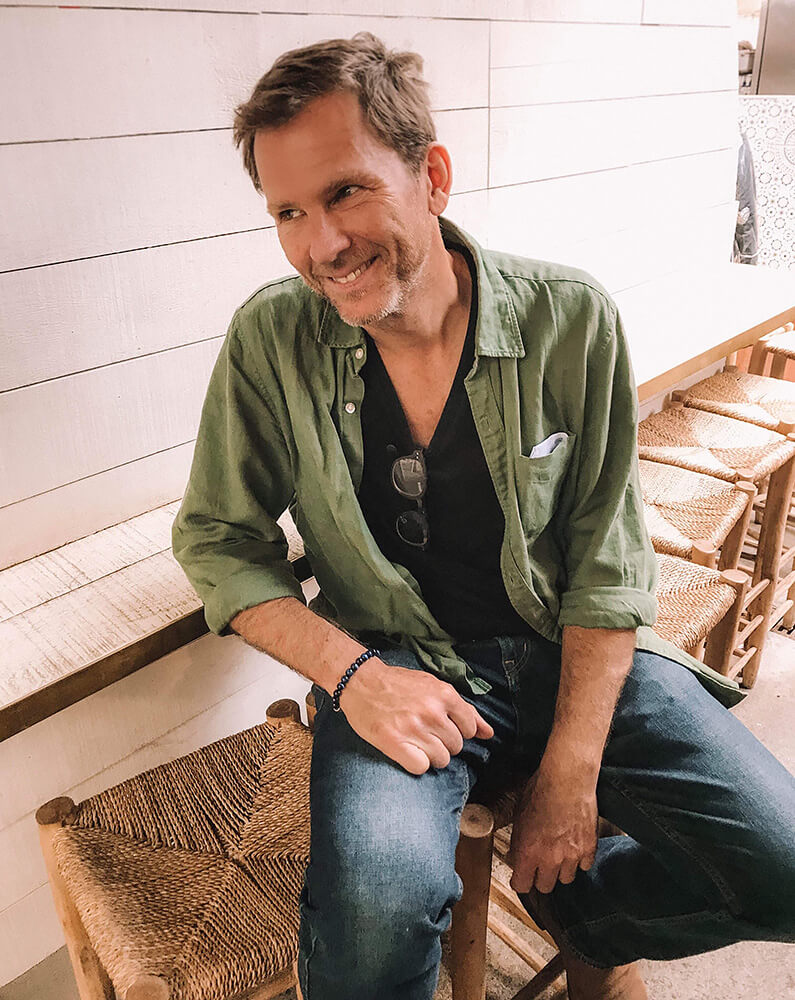Born in Long Beach, California in 1961, J.B. Russell is a Paris-based documentary photographer, filmmaker and educator. After receiving a Bachelor of Science degree in Geology and Geography and working for two years as a geologist, J.B. decided to take a year or two off to pursue a passion for photography and to satisfy a genetic predisposition for wanderlust. Once on the road however, he never looked back. He has worked extensively throughout Europe, Africa, the Middle East, Asia and Latin America focusing on current events, the human consequences of conflict, human rights, the environment and development issues. His work appears regularly in major print and on-line publications worldwide, including: Time, Newsweek, The New York Times, French GEO, Paris Match, Le Monde, Stern, Der Spiegel, Corriere della Sera magazine, The Daily Telegraph, The Guardian, El Mondo magazine and many more.
J.B. collaborates frequently with international humanitarian organizations such as Doctors Without Borders, Save The Children, Mines Advisory Group, The Global Fund and others to produce images, video and written material on critical humanitarian issues for their communication needs.
His work has received numerous accolades, including the Public Prize at the Bayeux War Correspondents Competition, 1st place in the News Picture Story category of the POYi competition, his images have been selected on multiple occasions for the American Photography anthology, he received the Saint Brieuc Photoreporter Grant and his work has been exhibited and frequently featured at Visa Pour L'Image in Perpignan, France, among many other festivals and venues.
J.B.'s career has spanned the transition from analogue to digital photography and the profound changes that the Internet and Social Media have had on journalism and the press. He believes that honest, engaged journalism remains crucial to public information in today's media landscape. J.B produces independent documentary photography and video projects, embracing diverse story-telling forms and platforms. He is a dedicated teacher of photography, teaching and speaking regularly in diverse university programs, workshops and photography courses.
J.B. Russell is member of the Panos Pictures Agency and a core member of the Instagram collective #EverydayClimateChange.
